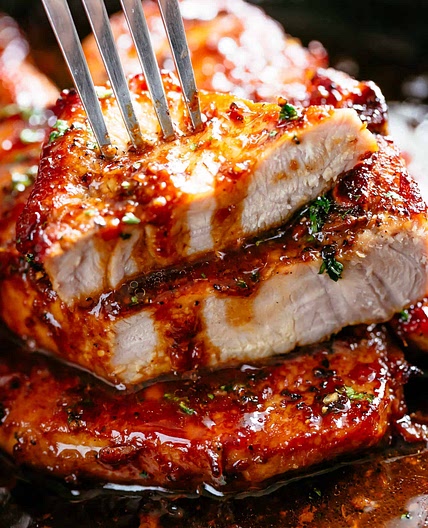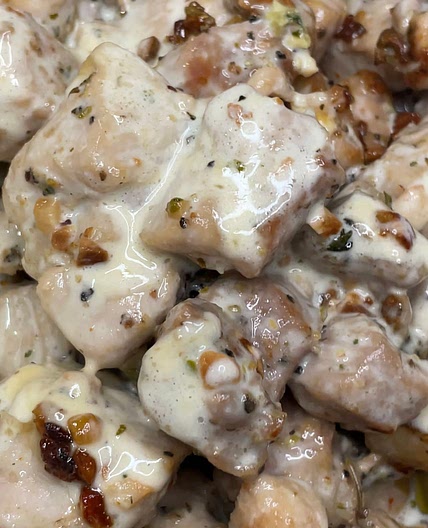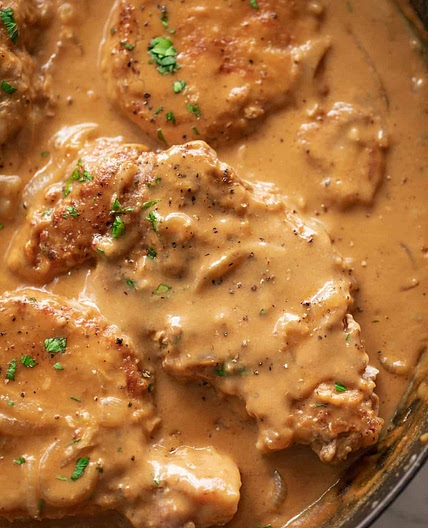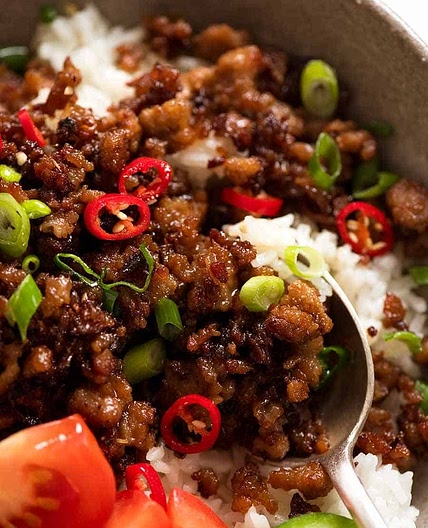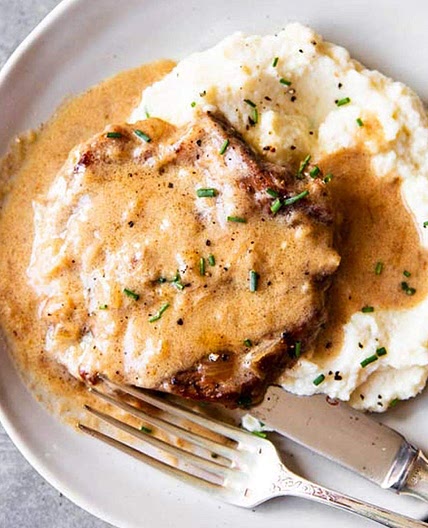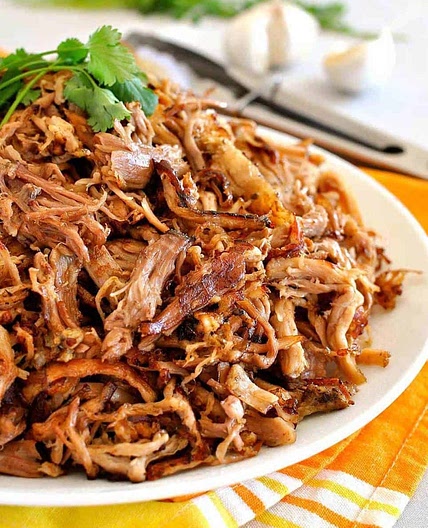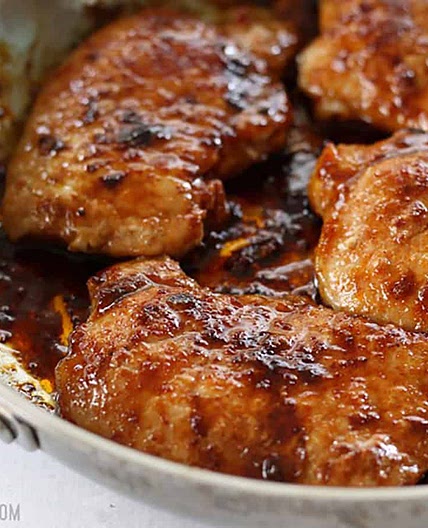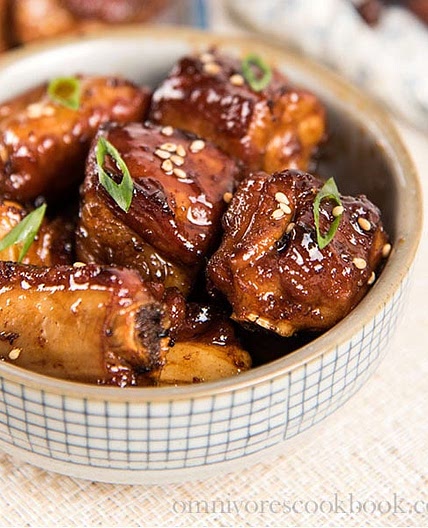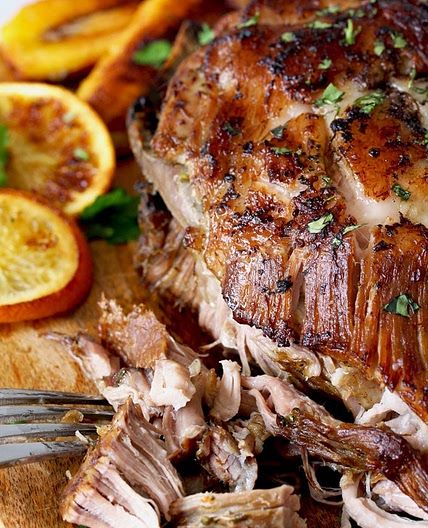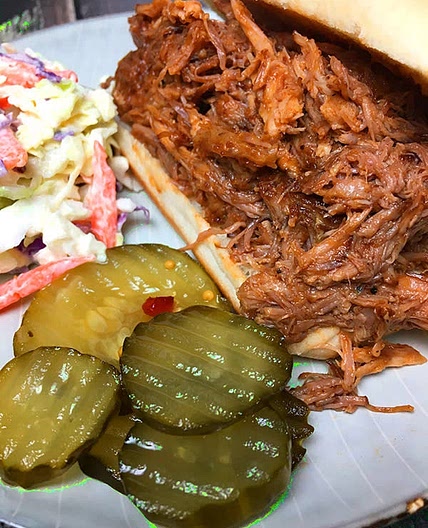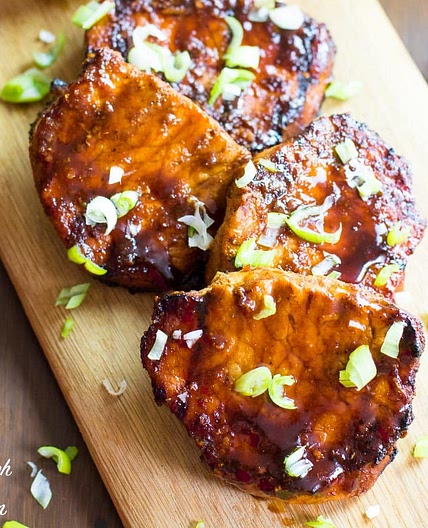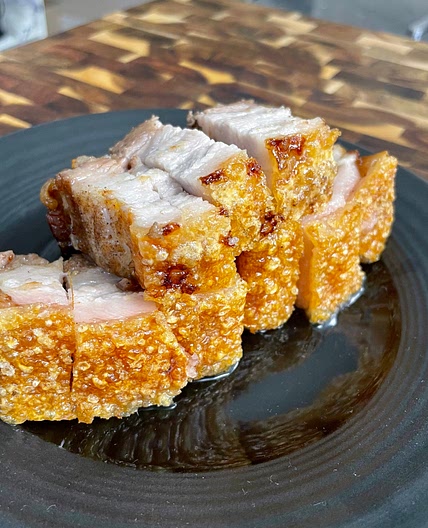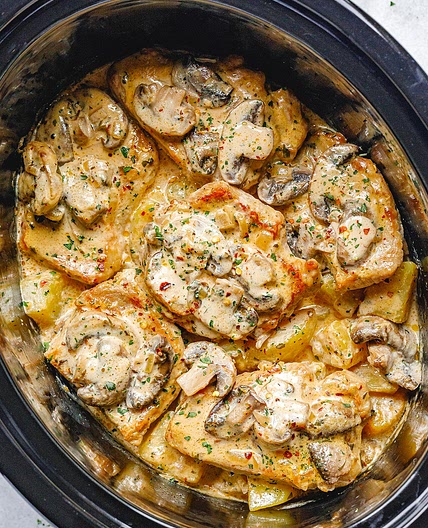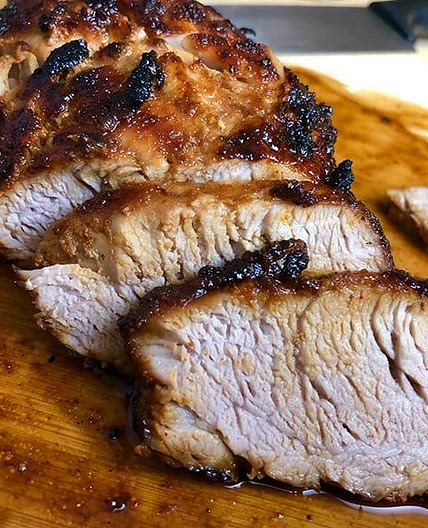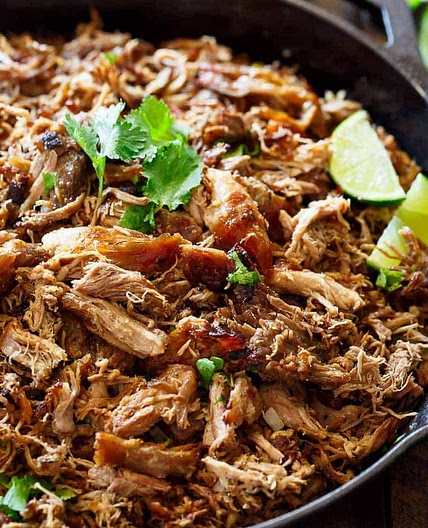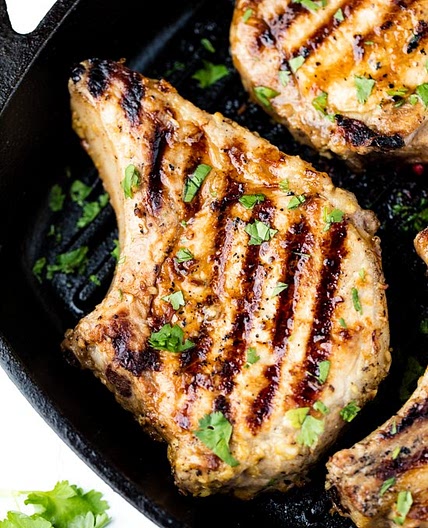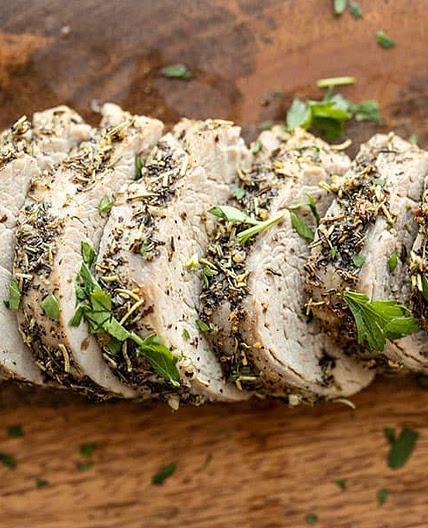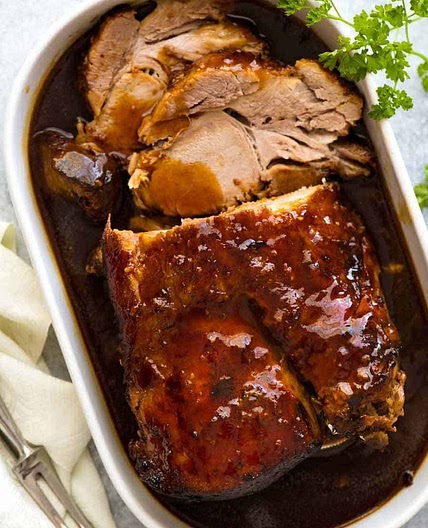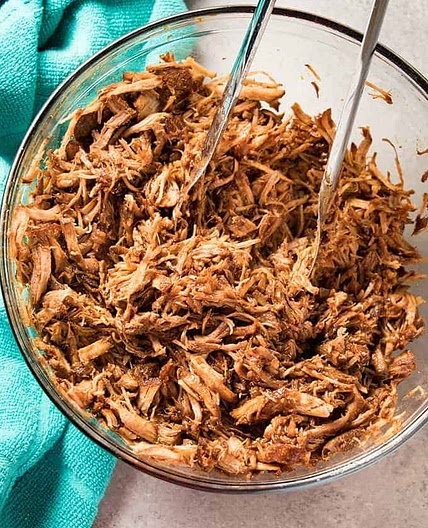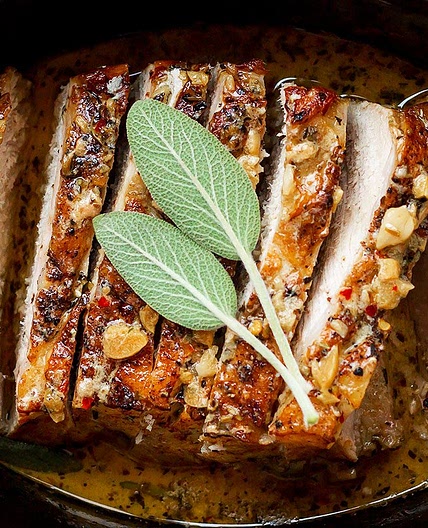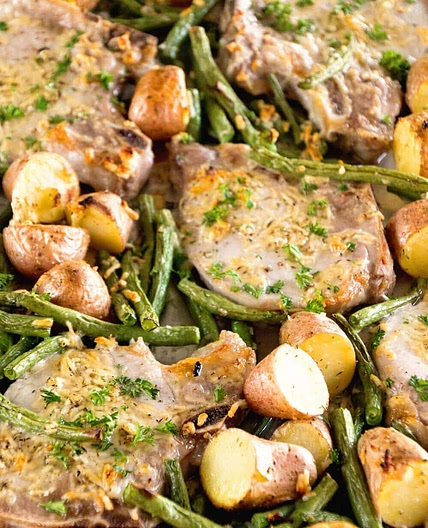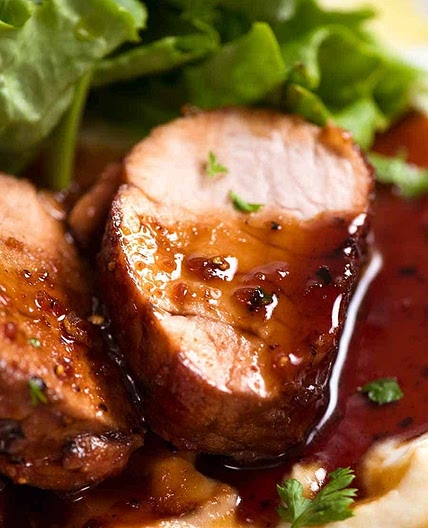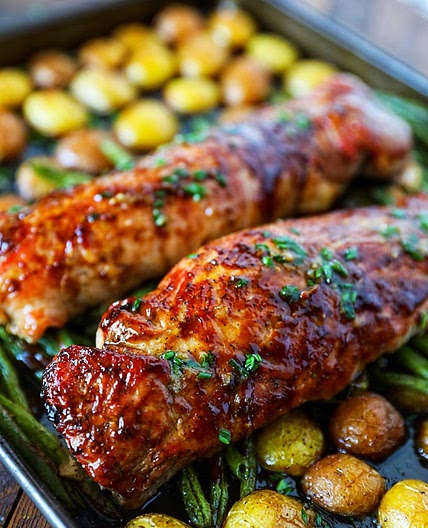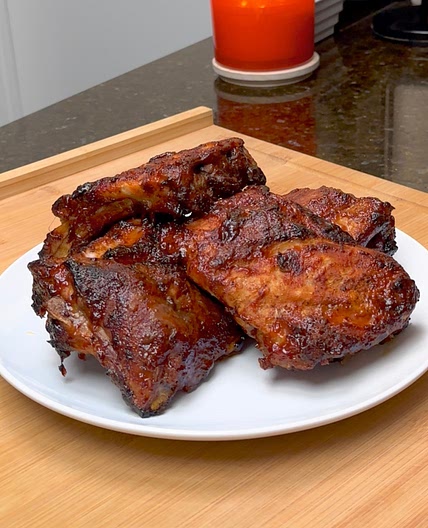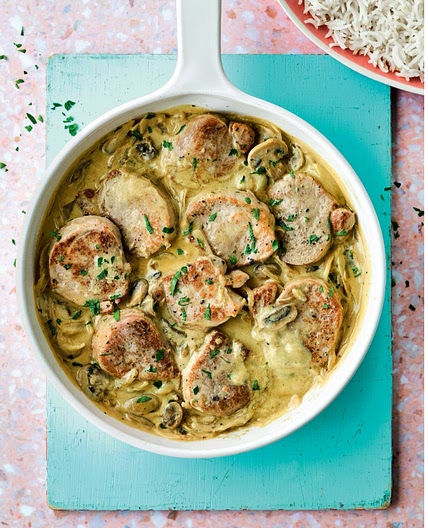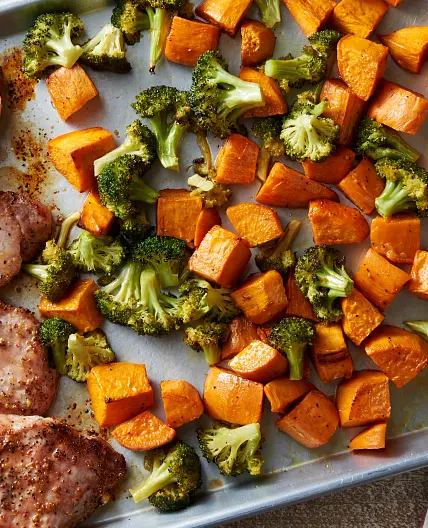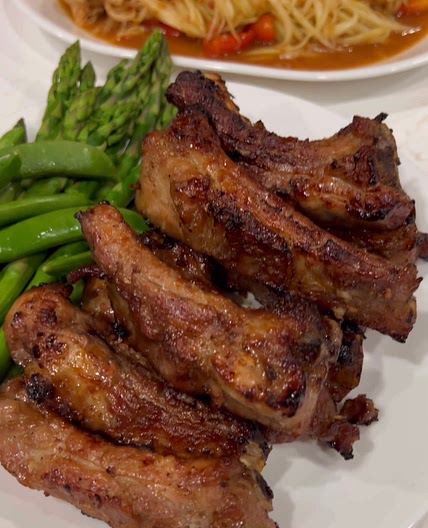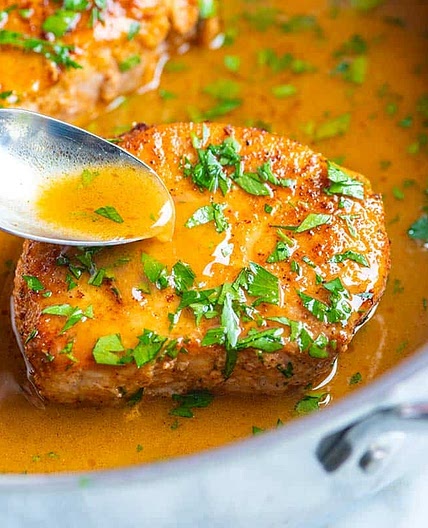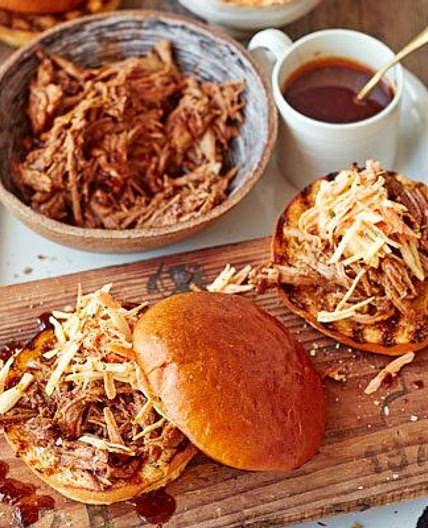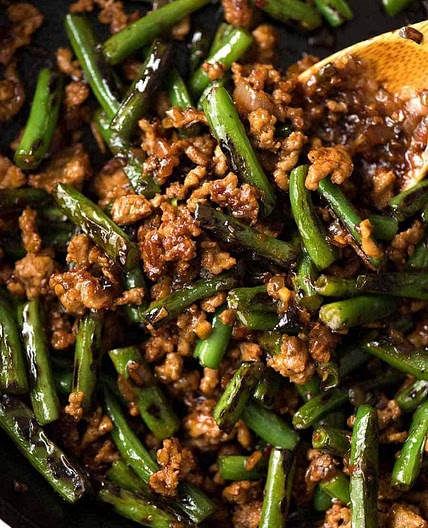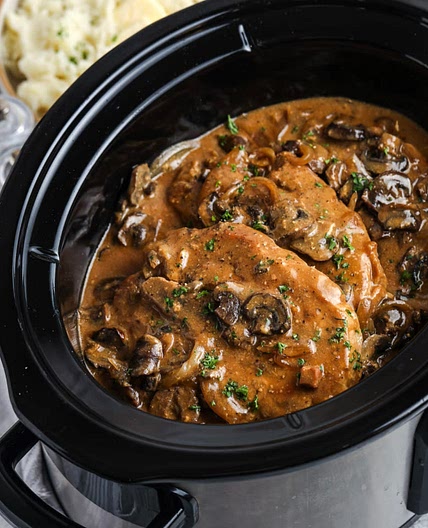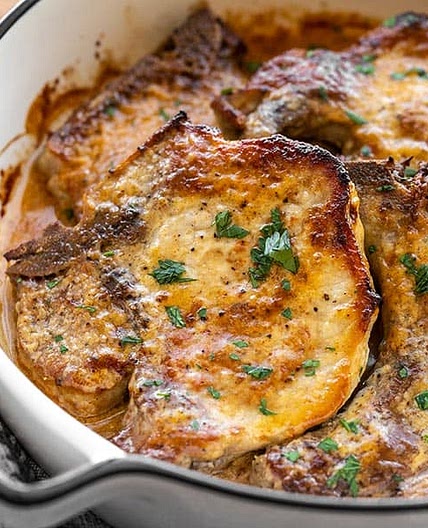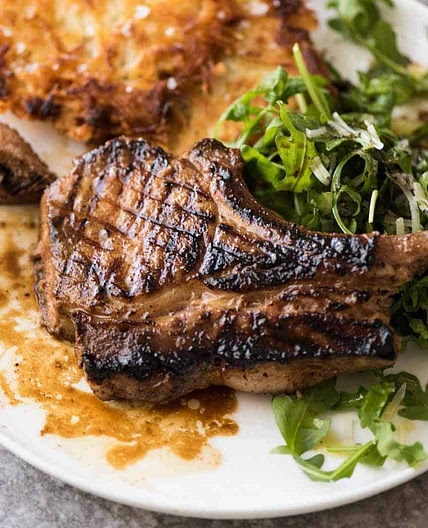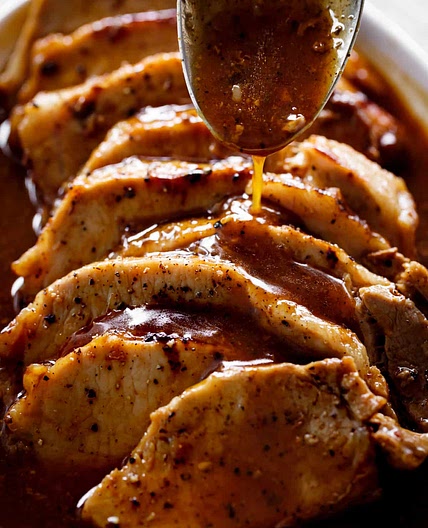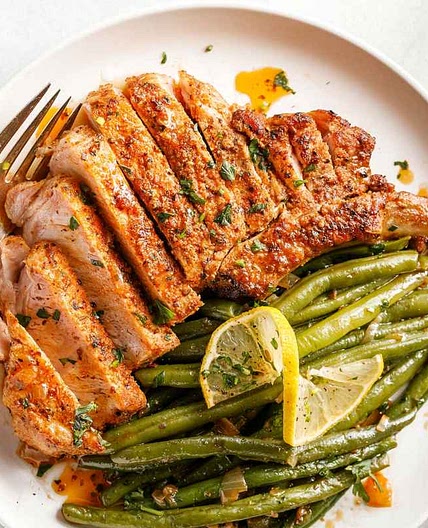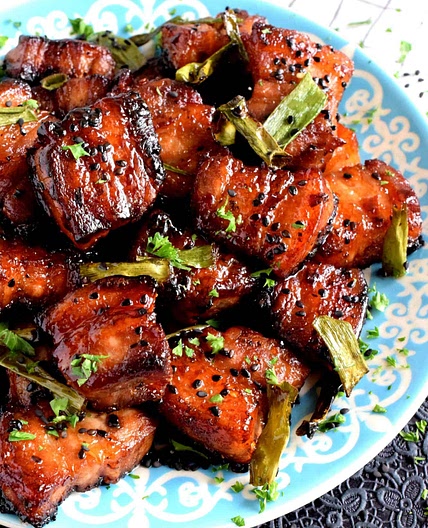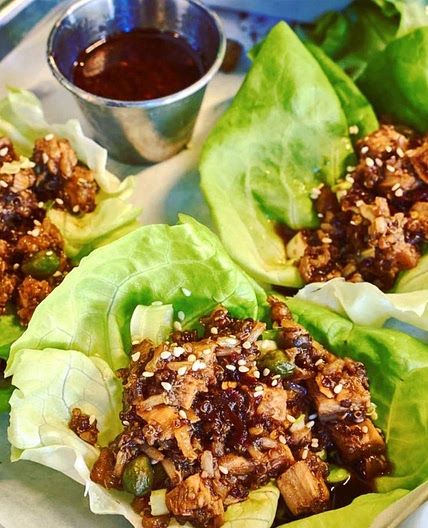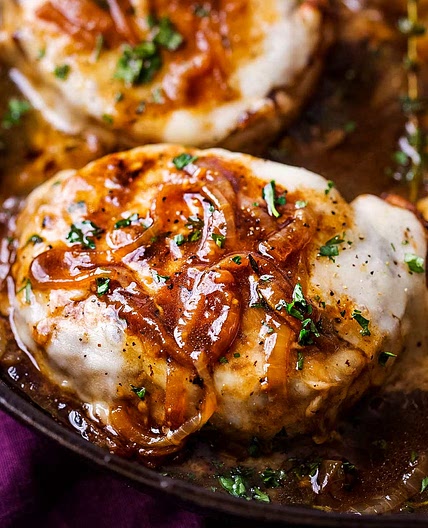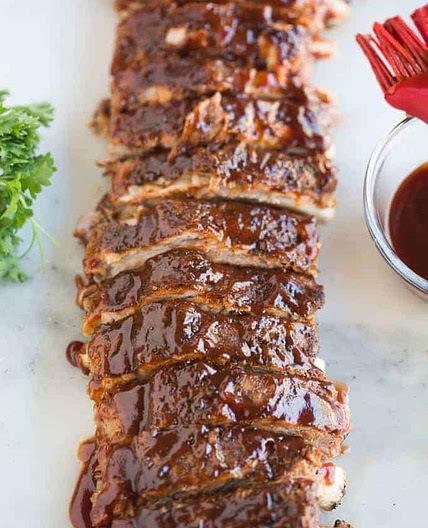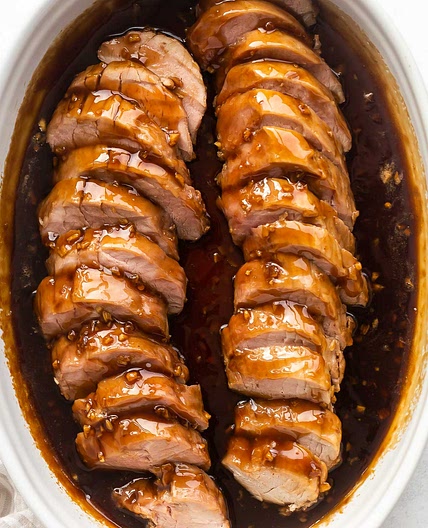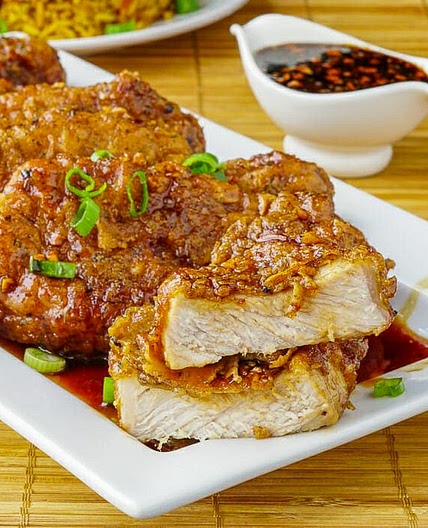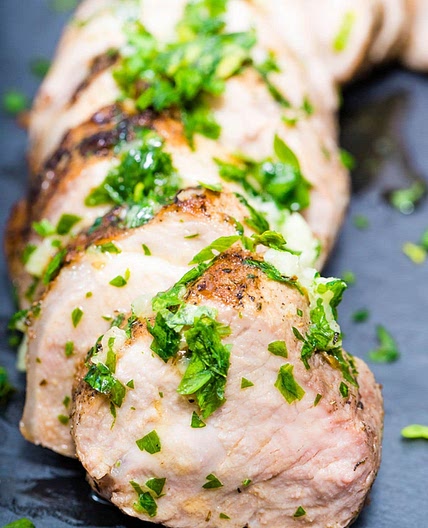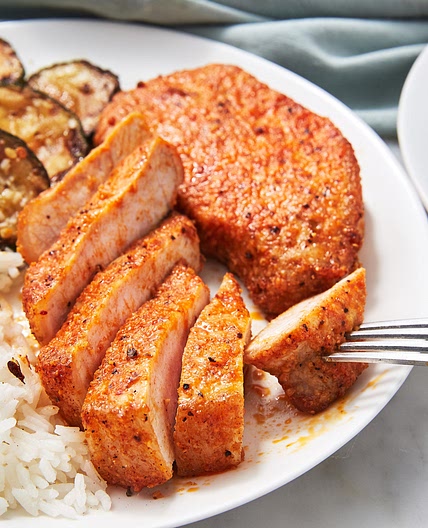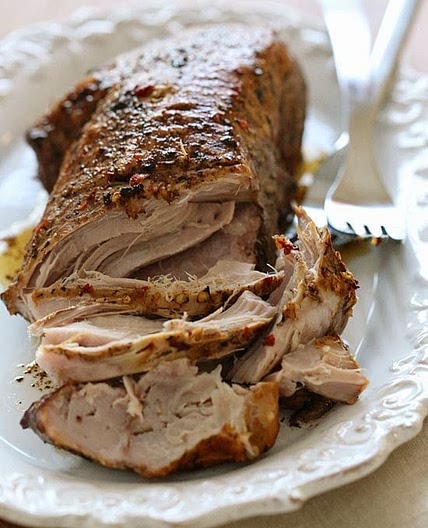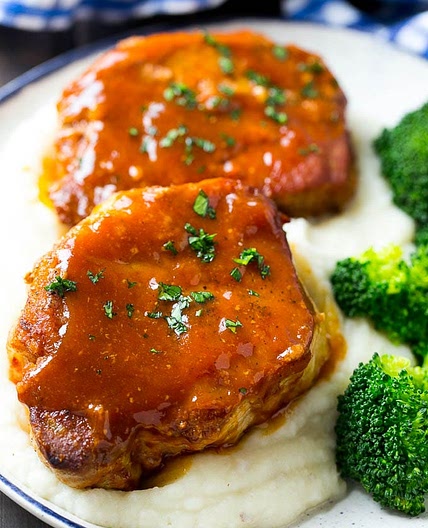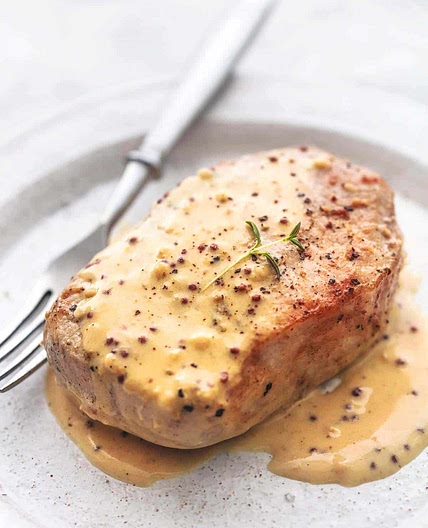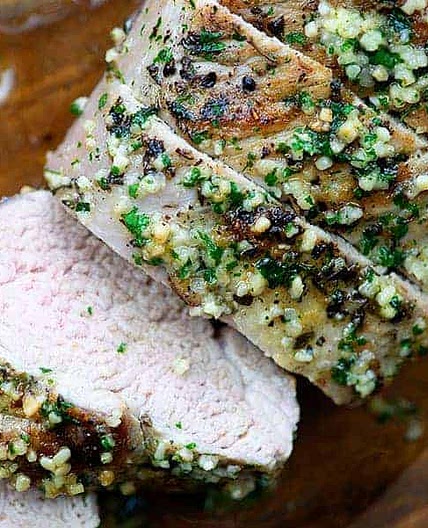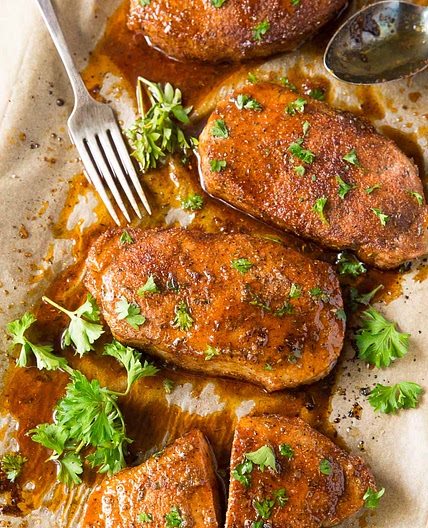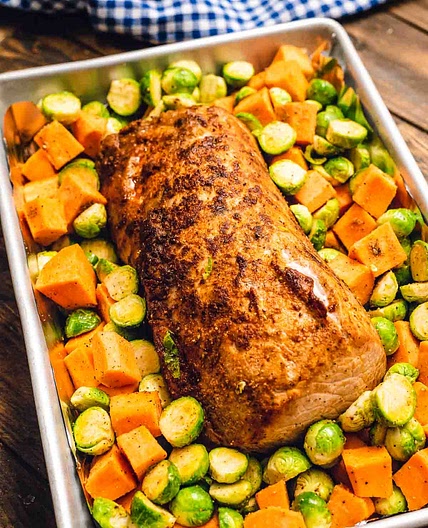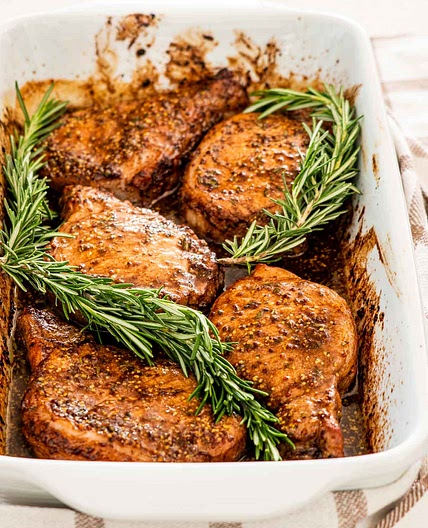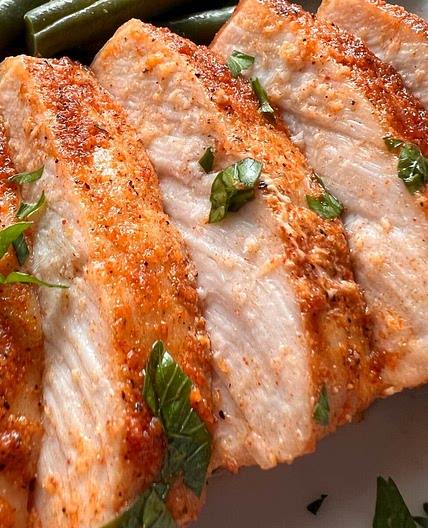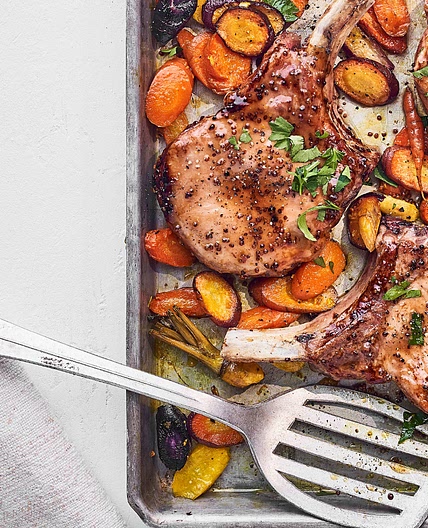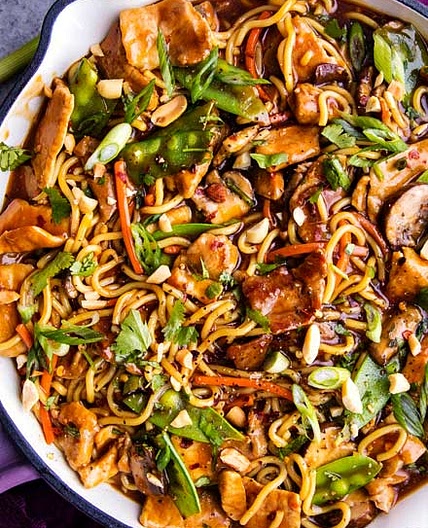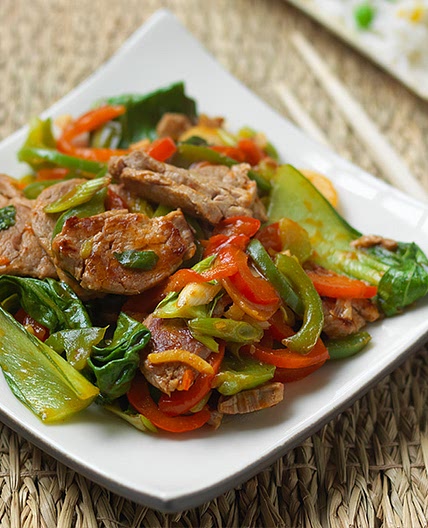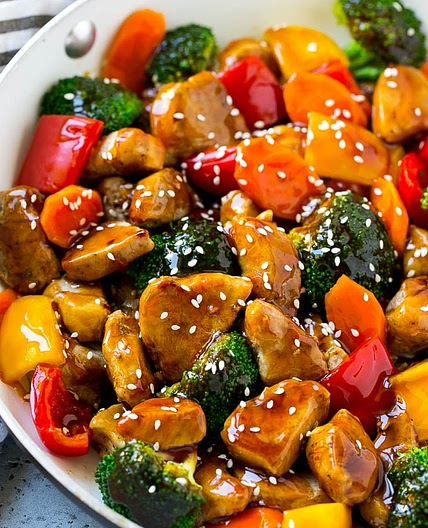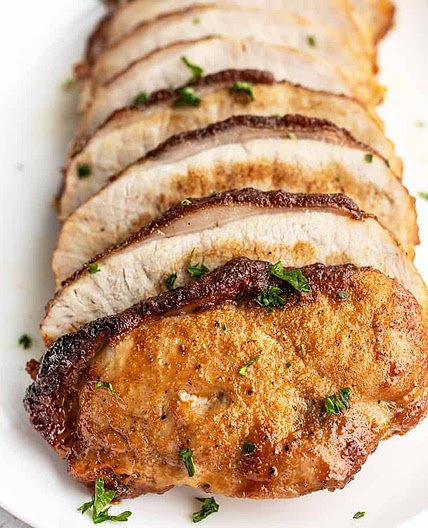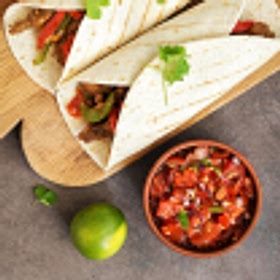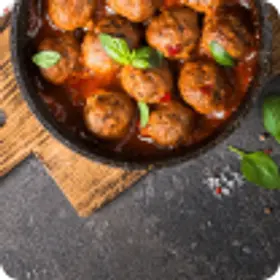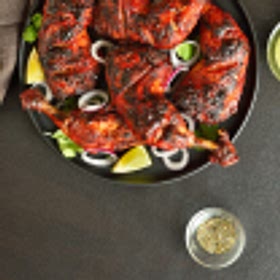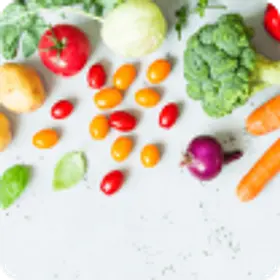Pork: Explore Delicious Recipes and Cooking Tips – Samsung Food
Pork tops the taste charts for easy dinner meals, elegant parties, and hearty dishes thanks to its adaptability and great flavor. It’s also globally ubiquitous. Pork recipes appear in cuisine all over the planet, from slow-cooked roasts to spicy curries with thinly-sliced pork steak or loin.
Pork is nearly fool-proof once you have the knack of cooking it. With a basic knowledge of cuts and a few trusted techniques, you can prepare a restaurant-worthy pork dish any night of the week.
Pork Cuts 101
Whether Chashu or carnitas, your perfect dish hinges on choosing the proper cut. Play around with flavor profiles, marinades, and sides using fool-proof recipes as your guides for customized, delicious food.
Pork Roast
A fabulous Sunday pork roast strikes the right balance between elegance and ease. Combine it with root vegetables and thick gravy. You can go old-school with a braise which will have you hankering for the meals of your childhood. Or you could slow-cook it for an easy way to guarantee soft meat, or get a succulent pork roast in no time in the pressure cooker.
Pork roast isn’t a specific cut; it’s a thick piece of meat from the ribs, pork tenderloin, loin, or shoulder that you cook until fork-tender. If you’re using traditional methods, like a Dutch oven or oven braise, expect to spend roughly three hours cooking it.
Pair these vegetables with your roast to accentuate the sweet and salty flavors of the meat.
- Carrots
- New potatoes
- Onions
- Celery
- Turnips
- Beets
Pork Tenderloin
Pork loin is the cut of meat that runs along the top part of the pig. The tenderloin sits right near the spine and is moist and delicious, as the name suggests. It’s one of the more premium cuts of pork. It can be quite rich, which makes it the perfect partner for a simple wine and herb gravy.
You can pan-cook the tenderloin, simmering it in a luscious sauce. The wine one we mentioned above cuts through the richness of the meat quite well. Or, you can roast it so the exterior is crispy and the inside is buttery smooth. A meat thermometer is your BTF– best tenderloin friend. You want the interior to be at least 145 degrees to ensure it’s safe to eat. Undercooked pork is definitely not your tenderloin friend!
If you cook your tenderloin in the oven, take a leaf out of the steak book and let it rest for a few minutes to retain all those lovely juices. Five minutes or so should do it. This just lets the tenderloin cool off slightly and keeps the juices from leaking out when you cut it, making your pork dinner much more moist.
Ground Pork
While ground beef tends to get a lot of love, ground pork is an excellent alternative. It often features in traditional Italian meatballs, and can add an extra layer of flavor to plain ground beef. Additionally, pork has more nutrients than red meat and is the ideal foil to sweet slices of grilled pineapple in these Jamaican pork burgers.
Ground pork is also an economical choice. You can freeze it for up to six months, and it’s exceptionally versatile. Fry up ground pork to add some heft to your morning eggs, make meatballs, or stir-fry it. Ground pork can come from virtually anywhere on the pig, but it’s most commonly sourced from the butt, loin, and shoulder areas.
Sausage
Whether you opt for store-bought sausage or make your own sweet-and-sour rendition, pork sausage is a true family pleaser. Making sausage can be daunting at first, but these spices will set you on the right path. Don’t be afraid to experiment with your own flavors and herbs.
- Paprika’s smoky, sweet flavor lends a deeper note to homemade sausage
- Thyme is an inspired addition thanks to its bright flavor
- Fennel works beautifully with pork and adds a light touch of anise
- Red and black pepper adds punch; use freshly ground when you can
- Sage has notes of umami and lemon for a bright, rounded dish
You can also make your own spice blend using dried herbs. Keep it in a watertight, sealed container for regular use. If you’re grinding up larger spices, like peppercorns, or anise, a mortar and pestle will come in handy.
Slice up your sausages and add them to pasta, grill them, or saute them with some sliced onions and garlic.

Pork Steak
Pork steaks are thickly-sliced shoulder cuts. They’re great BBQ companions, and are quick to cook on the grill. Just add a simple, zesty marinade and grill them up next to summer salads and vegetables for a crowd-pleasing, affordable dish. You can also make your pork steaks haute cuisine with a lush mustard-chive sauce and crushed potatoes.
Make sure that the internal temperature of your pork steaks is at least 145, but be careful not to puncture the steak too many times when you’re checking. You want to keep all of those fantastic juices inside. This is one of those times where an instant read meat thermometer will make your life loads easier.
Pork Belly
A fleshy, fatty part of the underbelly of the pig, pork belly is an underutilized but divine cut. While bacon comes from pork belly, the two are different. Bacon is a pork belly product; cured, smoky flavored slices of the cut. The pork belly itself pairs perfectly with ginger, garlic, and oyster sauce or cubed into salty, flavorful gems of pancetta.
Since it’s a fattier cut, you’ll want to slow-cook the inside and sear the outside. It responds well to overnight marinades and bolder flavor combinations, and it tends just to get better with longer cooking time. And of course, you’ll want to make the most of that crackling. Make sure to score it, pat it dry, and salt it to get the ultimate crisp factor.
Pork Ribs
They’re a barbecue classic but you can grill, braise, or oven-roast your pork ribs. Slather them with robust marinades, do a dry rub, or pour on the BBQ sauce for the perfect plate. Understanding the different types of pork ribs and where they come from on the pig is essential to getting the right cut for your craving.
Pork Rib Primer
| Spare Ribs | These hefty ribs hail from the pig’s belly and tend to be large and full of meat with a lot of fat marbling. |
| Baby Back | A BBQ favorite, these ribs are smaller than spare ribs, with plenty of meat connecting each individual rib. They come from the shoulder blade near the loin. |
| Rib Tips | Part of the lower end of the spare ribs, these meaty morsels don’t have any bones. They do have cartilage, which makes them ideal for slow braising. |
| St. Louis Style | A super popular, affordable cut of spare ribs, St. Louis style ribs are perfectly square and uniform. Their flat shape lets them cook evenly and works well with pan-seared dishes. |
Pork Shoulder
This sizable cut comes from the top of the pig and is the piece you want for pulled pork. A slow-cooker is one of the best and easiest ways to make pulled pork. You can set it and forget it, then enjoy fork-tender, pull-apart pieces after six to eight hours.
Pulled pork works well with a generous squeeze of your favorite BBQ sauce, some crisp coleslaw, and a soft bun.
Pork Chops
Pork chops come from the loin and are one of the easiest cuts to cook. Pan-fry or grill your chops and serve with some seasonal veggies and a zippy marinade for a quick weeknight meal.
You can also make company-worthy smothered pork chops with satiny onion gravy.
Bringing your chops before cooking keeps them moist and flavorful and is an excellent hack to keep on hand.
Ham
Ham hails from the pig’s hind leg and an oval cut of meat with flattened ends. Since it’s a thick, heavy piece, you’ll need to cook it for 10 minutes per pound. A tasty, tangy glaze gives you a crisp exterior and a moist inside.
Get Globally Inspired
Photo by sofia lyu on Unsplash
Pork plays a starring role in many divine dishes from around the world, but you don’t need to renew your passport to try them. Recreate these classic dishes in your own kitchen.
Afelia
Akin to pulled pork, Afelia is a simple combination of shoulder cut, red wine, and spices. It’s popular in Greece, and you can make it Keto-friendly.
Kalua Pig
Recreate Hawaiian Kalua pig at home in your slow cooker with pork shoulder, garlic cloves, salt, and bacon. Cooking it low and slow lets it retain the juices, and it’s heavenly served alongside rice.
Schweinshaxe
Known more commonly as German pork knuckle, Schweinshaxe is beer-simmered and meaty, with a hit of flavor from the onions and garlic. The pork itself is the main event, crispy on the outside and dense and flavorful within.
Vindaloo
This heady curry gets its kick from cayenne and vinegar and comes from the Goa region of India. Although the best curries simmer low and slow for hours, you can get all the flavor with a short-cut instant pot version.
Cochinita Pibil
Spice-packed Cochinita Pibil makes excellent use of pork loin with orange juice, cinnamon sticks, garlic, and savory spices. Get ready for the best tacos you’ve ever had in your life.
Moo Shu Pork
A northern Chinese dish with thin slices of tenderloin, veggies, and eggs, Moo Shu Pork is simple, hearty, and flavorful. Why order take-out when you can make your own in a flash?
Tourtière
At its core, this ancient French dish is a hearty meat and potato pie with a beery broth. You can make it at home using duck, pork, beef, and select herbs and pastry dough. Getting the technique down might be difficult initially, but it’s worth it for this showstopper.
Chicharron
Chicharron are thick, crispy slices of pork belly with a massive following in South America and Spain. Try them with spicy vinegar and a side of freshly roasted, crisp potatoes.
Pork Nutritional Facts
Photo by Peter Bravo de los Rios on Unsplash
Pork is packed with iron and essential B6 and B12 vitamins. It’s a good source of selenium and can help you build and retain muscle. According to the USDA, pork has plenty of potassium, zinc, magnesium, and a good amount of Vitamin D.
| Iron | Iron contributes to healthy blood flow and helps our bodies function optimally. |
| Vitamin B6 | Vitamin B6 is good for your brain and immune system. |
| Vitamin B12 | You need Vitamin B12 for healthy metabolism and cell activities. |
| Selenium | Selenium helps your thyroid function properly. |
| Potassium | Potassium helps regulate the fluid in your cells and stay healthier overall. |
| Zinc | Zinc aids your immune system and regulates your cells. |
| Magnesium | Magnesium helps your nerves and muscles work their best. |
| Vitamin D | Vitamin D is an essential nutrient for bones and your immune system. |
Cooking Tips and Tricks
Photo by Jez Timms on Unsplash
Pigs were one of the first domesticated animals, and we’ve been enjoying them and their many health benefits since 7,500 B.C.E. Bear these tips and tricks in mind as you follow in the steps of our ancestors and enjoy a tasty pork dish.
Cooking Temperature
Undercooked pork can have dangerous health consequences, so always make sure that your chops, ribs, and glazed hams hit an internal temperature of 145 degrees Fahrenheit. If you’re cooking larger cuts, like hams or roast, it’s easy to gauge your oven time by the pound.
Depending on the temperature, you should cook hams and roasts for ten to twenty minutes per pound. Always use a meat thermometer to double-check.
Make Your Own Marinade
Marinades are combinations of spices and oil, sometimes with a bit of citrus or acid to brighten things up. There are tried-and-true marinade options, or you can experiment with different spices to make your own. Always marinade for at least one to three hours. The longer you leave your meat in, the more flavorful it will be.
Play with Pairings
While pork goes excellently with potatoes, carrots, and other standard vegetables, it’s incredible with fruit. Stone fruits like cherries work well with pork chops or tenderloin, and a bright, tropical fruit salsa can elevate your pulled pork.
Get inspired to put pork on the center stage of your dinner table with these amazing recipes for every taste, style, and occasion.
